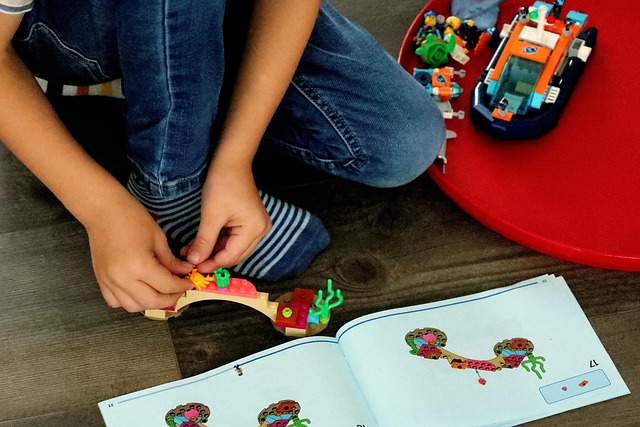In real estate, transparent communication builds trust, leading to mutually beneficial outcomes and long-term partnerships. Developers, investors, agents, and clients collaborate for value co-creation, enhancing property values, and increasing client satisfaction, resulting in a thriving market through shared success.
In the dynamic realm of real estate, achieving mutually beneficial outcomes is not just a best practice—it’s a cornerstone of sustainable success. This article explores three essential strategies for fostering win-win scenarios. Discover how transparent communication builds trust, leading to stronger partnerships. Learn why creating value for both parties is crucial for long-term deals. And understand the significance of cultivating lasting relationships for robust real estate ventures.
Foster Trust Through Transparent Communication

In the real estate industry, fostering trust is paramount for building strong relationships with clients and partners. One of the most effective ways to achieve this is through transparent communication. Agents should clearly articulate all aspects of a property transaction, from listing prices to potential hidden costs, ensuring buyers and sellers are well-informed. This openness allows everyone involved to ask questions, address concerns, and make informed decisions together.
Regular updates, detailed reports, and honest feedback create an environment where both parties feel heard and respected. In turn, this transparency fosters trust, encouraging open dialogue and collaboration. Ultimately, when buyers and sellers feel they can rely on each other’s integrity, it paves the way for mutually beneficial outcomes, solidifying long-term relationships within the dynamic real estate market.
Create Value for Both Parties in Real Estate Deals

In real estate deals, achieving mutually beneficial outcomes requires a collaborative approach where both parties create value. This means going beyond the basic financial transaction and focusing on fostering long-term relationships. For instance, developers can work with local communities to incorporate green spaces or amenities that enhance the quality of life for residents, thereby increasing property values over time. Similarly, investors should consider opportunities for co-creation, such as partnering with architects or designers to develop unique properties that cater to specific market needs.
By prioritizing value co-creation, real estate transactions become more sustainable and profitable. This approach leads to higher client satisfaction, encourages repeat business, and fosters a positive reputation in the industry. Ultimately, mutual benefits create a win-win scenario where both parties benefit from the deal’s success, ensuring long-lasting partnerships and a thriving real estate market.
Long-Term Partnerships: The Key to Success

In the competitive world of real estate, building long-term partnerships is a strategy that can propel your business to new heights. When both parties, be it developers and investors or agents and clients, focus on mutual benefits, the outcomes are often remarkable. This approach fosters trust, ensuring sustainability in an ever-changing market. By prioritizing long-term relationships, you create a robust network that can navigate through economic fluctuations.
Such partnerships allow for better risk management, more informed decision-making, and access to exclusive opportunities. In real estate, where connections are pivotal, these alliances can lead to lucrative deals and satisfied stakeholders. This is the foundation of a successful career in this industry—a web of mutually beneficial relationships that drive growth and create lasting value.






